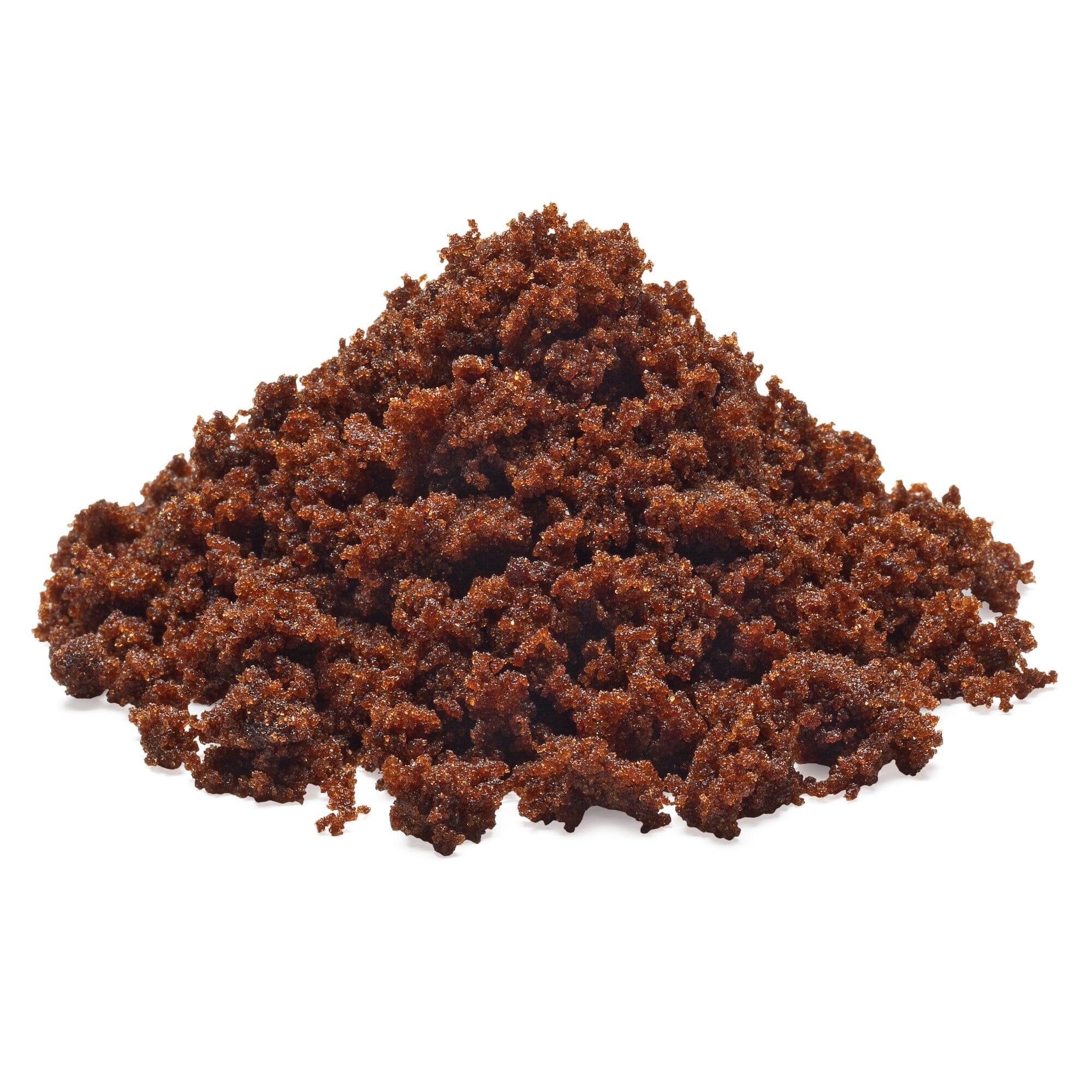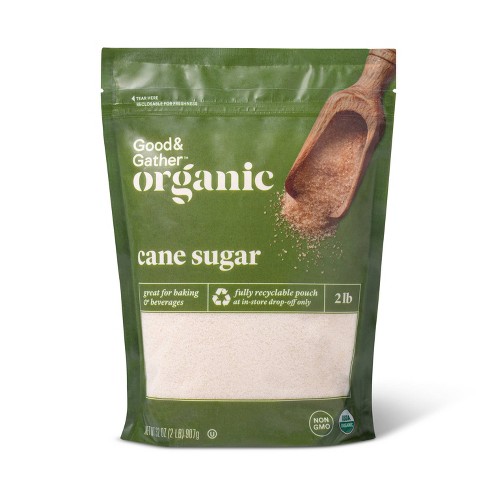Comprehending Cane Sugar Processing: A Comprehensive Summary of the Stages
Comprehending Cane Sugar Processing: A Comprehensive Summary of the Stages
Blog Article
An Extensive Guide to the Environmental Impact and Sustainability Practices in Walking Cane Sugar Processing
The environmental effect of walking stick sugar handling provides a complicated selection of challenges that warrant mindful assessment. From dirt destruction and extreme water use to the carbon impact connected with growing and production, the repercussions of conventional practices are far-reaching. In comparison, the fostering of innovative sustainability measures supplies a path towards extra responsible production methods. Understanding the interaction between these concerns is important for stakeholders in the sector. What details practices can be applied to strike an equilibrium in between productivity and ecological stewardship? The solutions depend on a better consider both the difficulties and possible solutions.
Summary of Cane Sugar Handling
Walking cane sugar processing entails a series of methodical steps that change sugarcane right into refined sugar. At first, harvested sugarcane is carried to refining centers, where it undergoes cleaning to get rid of dirt and particles. Following this, the walking stick is crushed to remove juice, which is then made clear by eliminating contaminations through heating and the addition of lime.
The cleared up juice undertakes evaporation, where water is removed to focus the sugar content. This concentrated syrup is then taken shape via cooling, allowing sugar crystals to create. These crystals are divided from the staying syrup utilizing centrifugation, causing raw sugar. To achieve polished sugar, the raw item goes through more filtration processes, which might include washing and filtering to eliminate continuing to be pollutants and shade.
The last product is then dried out and packaged for distribution. Throughout this whole procedure, preserving efficiency and high quality control is crucial to make sure the sugar meets market criteria. Each step in walking cane sugar processing not only adds to the end product but likewise has implications for resource use and waste generation, setting the stage for conversations on sustainability and ecological effects related to sugar production.
Environmental Obstacles of Production
The manufacturing of walking stick sugar provides numerous substantial environmental difficulties that warrant interest. One key concern is the substantial use agrochemicals, including chemicals and fertilizers, which can bring about dirt deterioration, biodiversity loss, and contamination of local water resources. The overflow from sugarcane fields frequently carries these chemicals right into close-by ecological communities, disrupting marine life and affecting the health of areas reliant on these water bodies.
Another obstacle is the high energy usage related to sugarcane processing. The boiling and refining phases require considerable warm, mainly produced by melting fossil fuels, contributing to greenhouse gas discharges. Additionally, the expansive acreage required for sugarcane growing can cause logging and habitat destruction, additional worsening environment modification and threatening wild animals.
In addition, the labor techniques in some areas elevate honest concerns, as employees may deal with inadequate working conditions and poor salaries. This situation commonly bolsters a cycle of poverty in neighborhood communities. Cane Sugar Processing. Resolving these environmental difficulties is crucial for establishing more sustainable techniques in walking stick sugar production, eventually profiting both the environment and the neighborhoods associated with this industry
Water and Land Usage Influence
Water resources and land use are vital components in the cane sugar market that significantly impact the atmosphere. The farming of sugarcane calls for substantial water input, with quotes recommending that it can take find more information in approximately 2,000 liters of water per kilogram of sugar created. This extensive usage of water often results in exhaustion of neighborhood water sources, influencing not just the sugarcane plantations however likewise surrounding ecosystems and communities that rely on the exact same water sources for agriculture and residential use.

Additionally, land usage for sugarcane cultivation can bring about deforestation and the conversion of all-natural useful content habitats right into monoculture plantations. This method diminishes biodiversity, interrupts neighborhood communities, and adds to soil deterioration. The development of sugarcane fields typically encroaches on important agricultural land, producing competitors for resources between food and biofuel manufacturing.
Lasting practices, such as enhancing watering strategies and executing crop turning, are important to reduce these effects. By taking on more efficient water usage and land administration approaches, the cane sugar industry can minimize its eco-friendly impact, ensuring an equilibrium between farming productivity and environmental conservation.
Greenhouse Gas Emissions
Greenhouse gas discharges represent a significant ecological worry within the walking stick sugar processing industry, specifically as farming methods broaden to fulfill worldwide need. The growing of sugarcane, a crop that flourishes in exotic climates, depends heavily on artificial fertilizers and pesticides, which contribute to laughing gas emissions. Furthermore, land-use adjustments, consisting of logging for new sugarcane haciendas, launch co2 saved in vegetation and dirt.
Throughout handling, energy intake is an additional major resource of greenhouse gas exhausts - Cane Sugar Processing. Many sugar mills utilize fossil fuels to power equipment and produce heat, causing significant carbon footprints. In addition, the transport of raw sugarcane and finished items includes layers of exhausts with gas combustion in vehicles
The collective impact of these emissions worsens climate adjustment, presenting risks not just to the atmosphere but additionally to the long-lasting stability of the market. Stakeholders must acknowledge the urgent demand for extensive approaches that attend to these emissions. This includes assessing current agricultural practices, processing approaches, and transportation systems to identify areas for renovation and mitigation. Dealing with greenhouse gas exhausts is necessary for fostering a much more sustainable walking stick sugar sector in a changing environment.

Sustainable Practices and Innovations
Lasting methods and innovations are significantly crucial in the cane sugar handling industry as stakeholders look for to reduce ecological impacts while keeping productivity. One considerable development is the execution of integrated plant administration, which maximizes resource usage by combining dirt management, bug control, and plant rotation strategies. This method boosts yield while minimizing chemical inputs and here are the findings protecting dirt health.
Additionally, the adoption of sustainable power sources, such as biomass from sugarcane deposits, has actually acquired grip - Cane Sugar Processing. By converting waste products right into energy, processing centers can lower their reliance on fossil fuels, therefore lowering greenhouse gas discharges
Water monitoring practices have additionally seen improvements through the recycling and reusing of water in handling plants, significantly decreasing freshwater consumption. Technologies in technology, such as precision agriculture, allow farmers to check plant health and resource usage better, ensuring sustainable cultivation methods.
In addition, qualification programs like Fair Trade and Jungle Alliance motivate ecologically accountable farming practices and advertise social equity within the supply chain. By embracing these lasting methods and innovations, the walking cane sugar handling sector can enhance its resilience and add favorably to environmental stewardship.
Verdict
The ecological effect of cane sugar processing provides substantial obstacles, consisting of soil destruction, high water usage, and greenhouse gas emissions, together with ethical worries related to labor practices. Addressing these problems through lasting techniques, such as incorporated plant monitoring, eco-friendly energy adoption, and water recycling, is important. By advertising socially fair and ecologically liable methods in sugar manufacturing, the sector can minimize its damaging effects, guaranteeing an extra lasting future for both neighborhoods and communities entailed in this market.
Walking stick sugar processing includes a series of methodical steps that change sugarcane into polished sugar. Each action in walking cane sugar processing not just contributes to the last product however also has implications for source usage and waste generation, establishing the phase for conversations on sustainability and ecological effects associated with sugar manufacturing.
Greenhouse gas discharges stand for a considerable ecological issue within the walking cane sugar processing sector, particularly as agricultural techniques expand to fulfill global need.Lasting practices and technologies are progressively vital in the walking stick sugar handling industry as stakeholders seek to lower environmental effects while keeping productivity.The environmental influence of cane sugar processing provides substantial challenges, including soil destruction, high water consumption, and greenhouse gas emissions, together with moral concerns associated to labor techniques.
Report this page